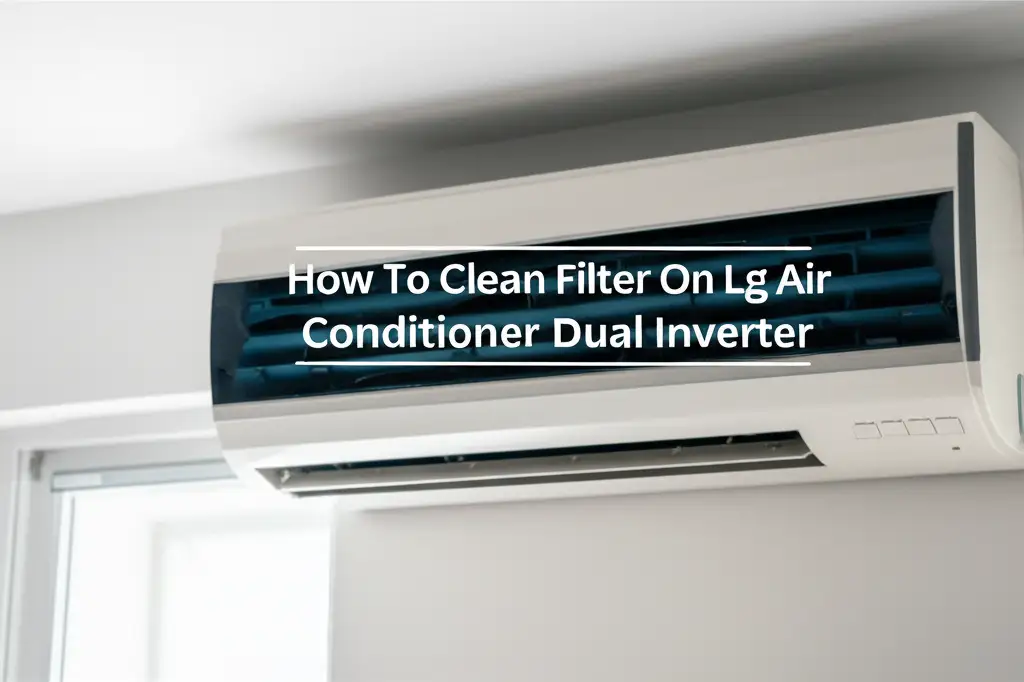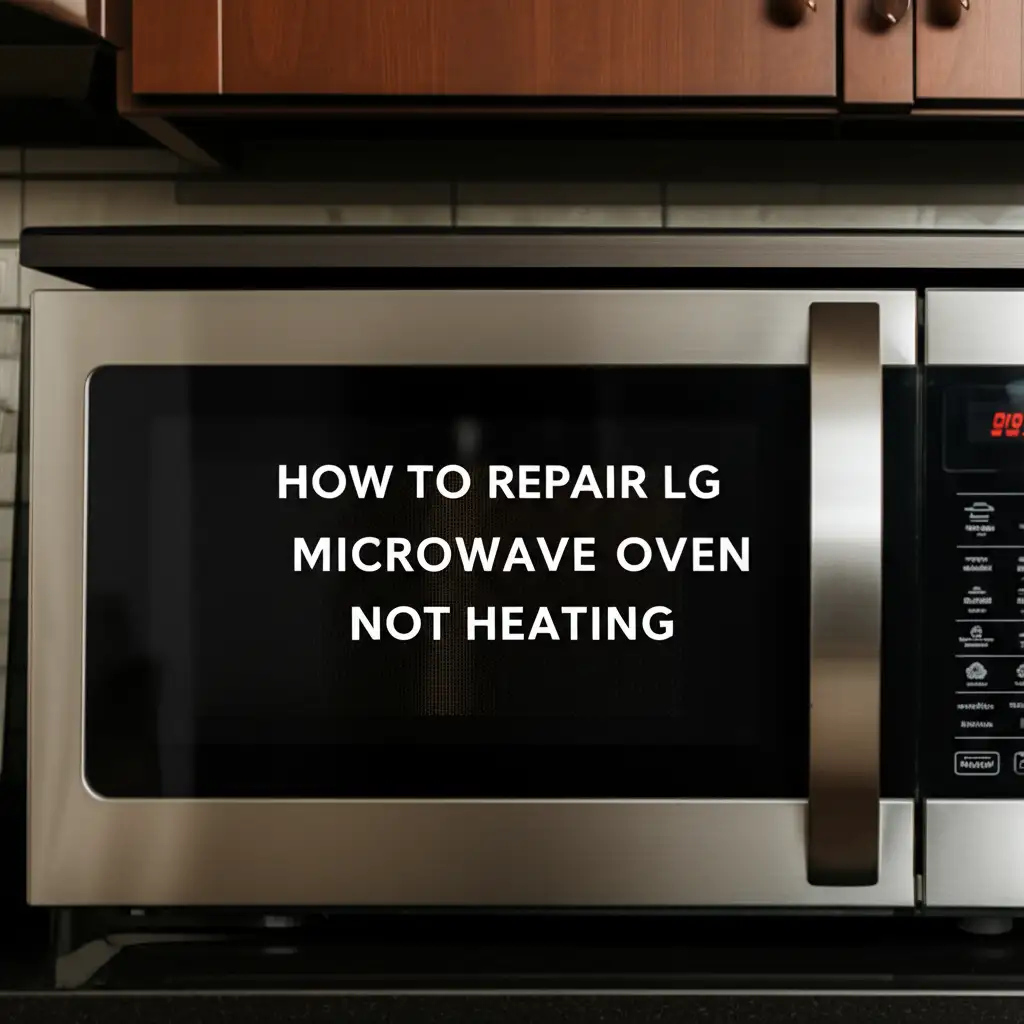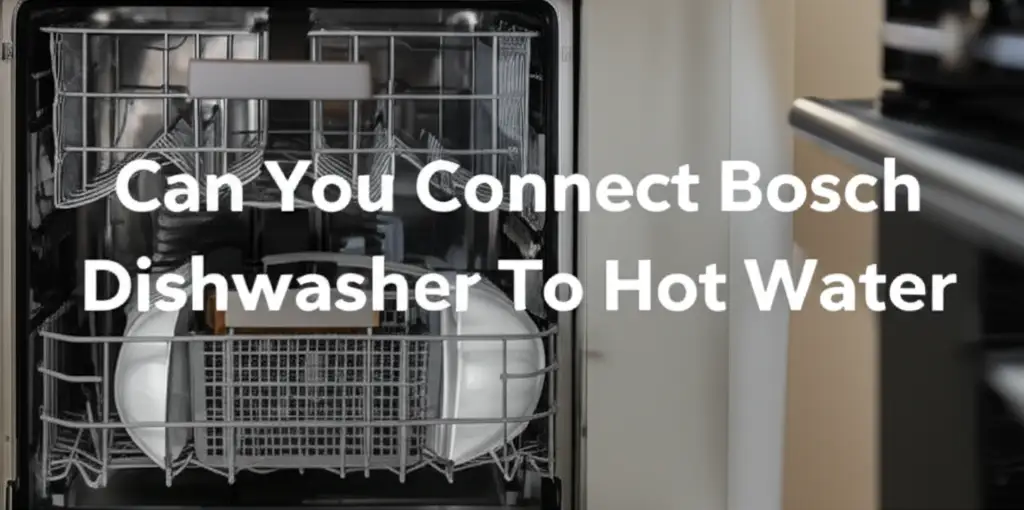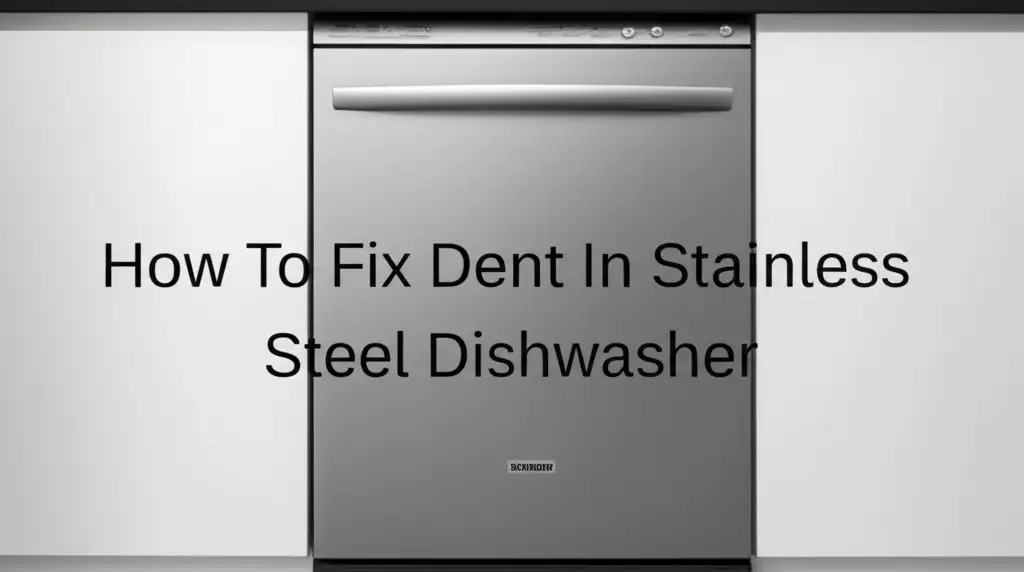· Todd Martin · Home Appliances · 20 min read
How To Reset Miele Washing Machine Front Loader
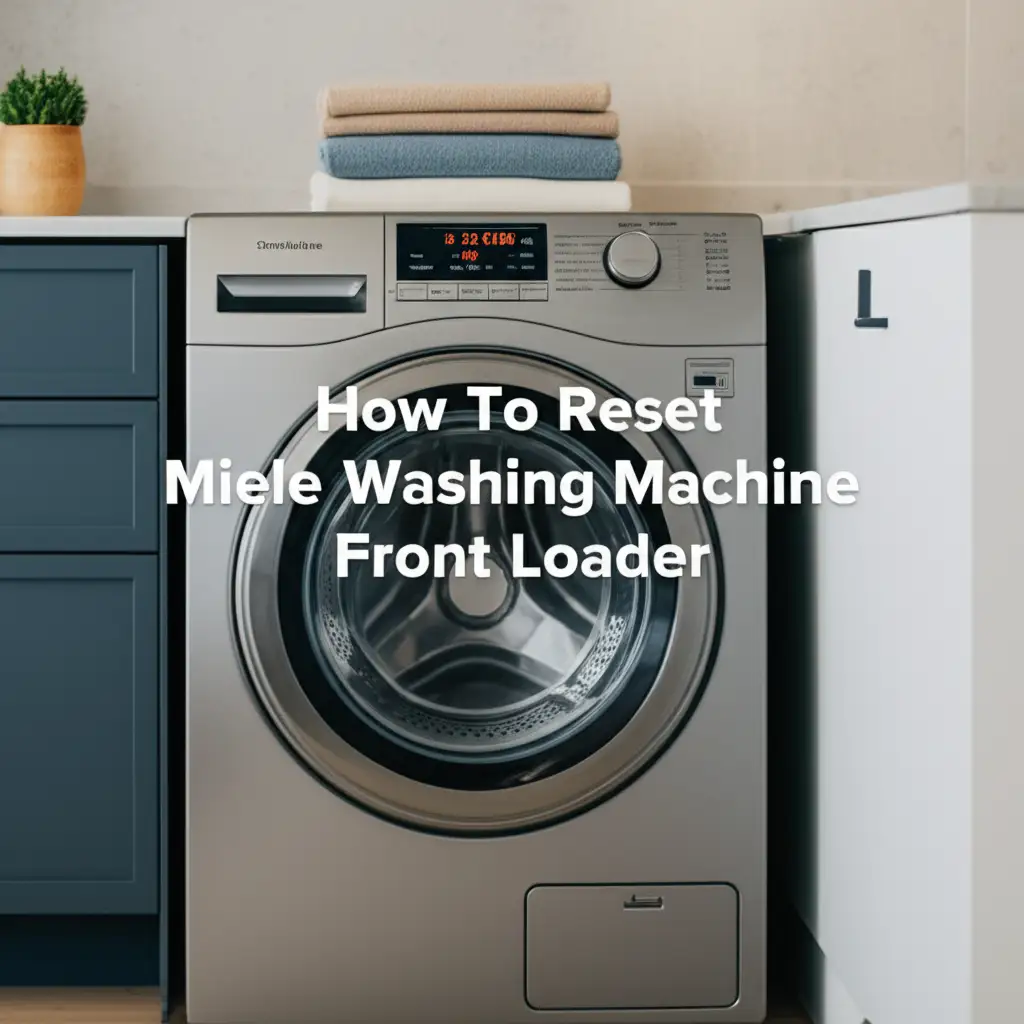
How To Reset Your Miele Front Loader Washing Machine
My Miele washing machine is a vital part of my home. It handles daily laundry with precision. But like any advanced appliance, sometimes it needs a reset. If your Miele front loader washing machine acts strangely, freezes, or shows an error, a reset often fixes the problem. This guide helps you understand when and how to perform a reset. I will walk you through simple steps to get your Miele working properly again. We will cover soft resets, hard resets, and even how to handle specific error codes. By the end, you will feel confident in troubleshooting your Miele washing machine.
Takeaway
- A soft reset (power cycling) resolves minor Miele washing machine glitches.
- A hard reset (unplugging for 30+ minutes) fixes persistent electronic issues.
- Specific error codes might need targeted resets or checks.
- Regular maintenance helps prevent the need for frequent resets.
To reset a Miele front loader washing machine, unplug it from the power outlet for at least one minute, then plug it back in. For persistent issues, a longer power cycle of 30 minutes or more can perform a hard reset. Check the user manual for specific model reset procedures or error code clearing instructions.
Understanding Your Miele Front Loader: Why a Reset?
Miele washing machines are built with advanced technology. These machines have complex electronic systems. These systems manage everything from water levels to spin cycles. Sometimes, these systems encounter glitches. A power surge can confuse the machine’s internal computer. A software hiccup can make it stop mid-cycle.
Resetting your Miele washing machine clears its internal memory. It is like restarting a computer. This action can resolve many minor issues. It can fix problems where the machine does not start. It can also clear error messages that prevent normal operation. Think of a reset as a way to give your Miele a fresh start. It helps the machine re-establish its functions correctly. Understanding why a reset is necessary helps you troubleshoot effectively. Many people find their Miele machine starts working perfectly after a simple reset. If your Miele washing machine will not start, a reset is often the first step to take. You can learn more about this by reading our article on Why Will My Miele Washing Machine Not Start.
A soft reset usually involves a quick power cycle. This is good for minor, temporary freezes. A hard reset involves a longer period without power. This helps clear more stubborn electrical issues. Both types of resets aim to restore the machine’s default state. This action can often bypass small errors. It can also get the machine back to its normal working order. Knowing which type of reset to use depends on the problem you face. I find that starting with a soft reset is always a good idea. If that does not work, then I move to a hard reset. This systematic approach saves time and effort. It helps me avoid unnecessary service calls.
Miele machines also have diagnostic capabilities. They display error codes for specific problems. Sometimes, these codes indicate a fixable issue. Other times, they point to something that needs professional attention. A reset can sometimes clear a temporary error code. However, it will not fix the underlying mechanical problem. It is important to know the difference. Always check your Miele user manual for specific error code meanings. The manual provides detailed instructions for your model. It is your best resource for accurate information.
The Simple Soft Reset: Power Cycling Your Miele
When your Miele washing machine acts up, a soft reset is your first and easiest solution. This method involves simply power cycling the appliance. It is similar to restarting your computer when it acts slow. This action clears temporary glitches in the machine’s software. It does not erase any settings. It just gives the system a fresh start. I use this method often for minor issues.
Performing a soft reset is straightforward. First, locate your washing machine’s power button. Turn the machine off using this button. Next, unplug the machine from the wall outlet. Wait about 60 seconds. This short wait allows the electrical charge to dissipate. It lets the internal components fully discharge. After waiting, plug the machine back into the outlet. Finally, turn the machine on again using the power button. This process completes the soft reset.
This method works well for issues like the machine freezing mid-cycle. It can also fix an unresponsive control panel. Sometimes, an error code appears temporarily. A soft reset can clear these transient messages. It is also useful if the machine does not respond to program selections. I find this quick reset solves most of these minor frustrations. It is a good first step before trying more involved solutions. This approach avoids deeper troubleshooting for simple software bugs.
Remember to ensure the power outlet is working correctly. You can test it by plugging in another small appliance. If the outlet has no power, the reset will not work. Always ensure your hands are dry when handling plugs. Safety comes first when dealing with electricity. This simple power cycle is non-invasive. It carries minimal risk to your appliance. It is often the fastest way to get your Miele back to washing clothes.
If the problem persists after a soft reset, the issue might be more complex. Then, you might need to try a hard reset. This involves a longer power cut. It aims to clear deeper electronic conflicts. But for simple operational hiccups, the soft reset is usually enough. My experience shows it resolves a good percentage of unexpected behaviors.
Performing a Hard Reset on Your Miele Front Loader
When a simple soft reset does not fix your Miele washing machine’s problem, a hard reset is the next step. This method provides a more thorough electrical reset. It ensures all internal components fully discharge. A hard reset can often resolve more stubborn electronic issues. These issues include persistent error codes or recurring operational glitches. It is a deeper level of troubleshooting.
To perform a hard reset, you need to cut off power for an extended period. First, turn off your Miele washing machine using its power button. Then, unplug the machine from the wall outlet. If reaching the outlet is difficult, you can switch off the corresponding circuit breaker. This breaker is usually located in your home’s main electrical panel. Ensure you label the breaker correctly for future reference. This action completely disconnects the machine from power.
Now, you must wait at least 30 minutes. Some technicians even recommend waiting a full hour. This longer duration ensures that all capacitors and internal components fully discharge. It completely erases any lingering electrical charge. This allows the machine’s memory to clear completely. It prepares the system for a fresh start. I usually use this time to check other simple things. I check the water hoses for kinks. I also look at the drain filter for blockages. This ensures the machine has clear pathways for water.
After the waiting period, plug the washing machine back into the wall outlet. If you used the circuit breaker, flip it back on. Then, turn your Miele washing machine on using its power button. The machine should now power up as if it were brand new. You might need to set the clock or preferred program settings again. This indicates a successful hard reset. This step often resolves issues that a quick power cycle could not touch.
A hard reset is particularly useful for persistent error codes that do not clear. It can also fix problems with program selection. It might help if the machine constantly stops mid-cycle without a clear reason. Always exercise caution when working with electricity. Ensure your hands are dry. If you use the circuit breaker, know which one controls the washing machine. This method is effective for electronic malfunctions. However, it will not fix mechanical failures. If the problem persists after a hard reset, the issue might be mechanical. Or it could be a faulty component requiring professional repair.
Resetting Specific Miele Error Codes and Programs
Miele washing machines are smart. They display error codes when something is wrong. These codes help diagnose problems. Sometimes, an error code is temporary. It might appear due to a minor glitch. Other times, it signals a specific issue that needs attention. Knowing how to clear these codes is important. It helps you get your machine running again. Sometimes, you just need to reset the Miele Waterproof System if that error appears. You can find detailed steps on how to do this in our article How To Reset Miele Washing Machine Waterproof System.
Most Miele error codes can be cleared by performing a soft or hard reset. If a code appears after a power surge, a quick power cycle often works. Turn off the machine, unplug it, wait a minute, then plug it back in. This often clears the temporary error. For more stubborn or recurring codes, a hard reset is necessary. This involves unplugging the machine for 30 minutes or more. This longer disconnect ensures the internal memory fully clears.
Some Miele error codes are more specific. They point to issues like water intake problems or drainage issues. For instance, a “Waterproof System” error usually means water has collected in the base tray. To clear this, you need to address the leak first. Then, you can try a reset. If your Miele washing machine is leaking from the bottom, this might be the cause. My article on Why Is My Miele Washing Machine Leaking From The Bottom offers solutions to fix leaks. After fixing the leak, the system often resets itself or responds to a power cycle.
If your machine has a program stuck, you can try to reset the program. Some Miele models allow you to cancel a program by holding down the Start/Stop button. Refer to your user manual for your specific model’s instructions. Each model can have slight variations. This action often forces the program to end. Then, you can select a new program. If the program continues to stick, it might be a deeper electronic problem. A full hard reset would then be advisable.
Understanding what the ADD message means on your Miele washing machine front loader is also important. This message is not an error but a prompt. It tells you that you can still add items to the wash. My article on What Does ADD Mean on Miele Washing Machine Front Loader explains this feature in detail. It is important to differentiate between informational messages and actual error codes. Resetting will not change informational messages.
Always consult your Miele user manual for a complete list of error codes. The manual provides specific troubleshooting steps for each code. It might suggest more targeted solutions than a general reset. For example, some codes might require checking the water supply filter. Others might indicate a blocked drain pump. A reset is a powerful tool, but it is not a cure-all. It works best for software and electronic glitches. For mechanical issues, you might need to inspect parts or call a technician.
Troubleshooting Common Issues Before or After a Reset
Before you reset your Miele washing machine, or if a reset does not work, check a few common areas. Many apparent “machine failures” are simple external issues. I always start with these basic checks. They can save you a lot of time and frustration. It is always wise to rule out simple problems first.
First, check the door latch. Your Miele washing machine will not start or operate if the door is not fully closed. The machine has a safety mechanism. This mechanism prevents it from running with an open door. Push the door firmly until you hear a click. Sometimes, a small item might obstruct the latch. Make sure nothing blocks the door from closing completely. If the latch is faulty, a reset will not fix it. A repair or replacement of the latch might be necessary.
Next, inspect the water supply. Ensure both hot and cold water taps are fully open. Check the inlet hoses for kinks or blockages. Low water pressure can also cause issues. The machine might pause or display an error if it does not get enough water. I once had my machine stop, only to find the water valve was accidentally turned off. It was a quick fix. Clean the inlet filters if they look dirty. These small screens can get clogged over time. They restrict water flow.
Also, examine the drain filter and drain hose. A clogged drain filter can prevent the machine from draining properly. This can lead to standing water inside the drum. It can also cause the machine to stop mid-cycle. Many Miele models have a filter accessible at the bottom front. Refer to your manual for its exact location. Clean any lint, coins, or debris found there. Ensure the drain hose is not kinked or blocked. Improper drainage often leads to error codes. If your machine is not draining correctly, a reset might not clear the issue if the physical blockage remains. Regularly cleaning your washing machine helps prevent these clogs. My article on How To Deep Clean Washing Machine Front Loader provides useful tips for thorough cleaning.
Check the power supply. Is the machine plugged in firmly? Is the outlet working? Sometimes, a loose plug can cause intermittent issues. As mentioned before, you can test the outlet with another appliance. Ensure the circuit breaker for the washing machine is on. A tripped breaker will cut off power completely.
These simple checks are crucial. They identify problems that a reset cannot resolve. A reset addresses software or electronic glitches. It does not fix physical obstructions or faulty components. By performing these checks, you can isolate the problem. This helps you decide if a reset is appropriate. It also tells you if you need to call a technician. Prevention is always better than cure. Regular maintenance, like cleaning the filter, can prevent many common issues.
Advanced Miele Reset Scenarios: When to Call for Service
Sometimes, a basic soft reset or a thorough hard reset is not enough. Your Miele washing machine might still show error codes. It might refuse to start, or it could exhibit unusual behavior. These situations point to more complex problems. It is important to know when to stop troubleshooting yourself. Knowing when to seek professional help saves time and prevents further damage.
If you have tried both soft and hard resets multiple times and the problem persists, it is a sign. The issue likely lies beyond simple software glitches. Persistent error codes, especially those related to major components, indicate a deeper problem. For example, if you consistently get errors related to the motor, heating element, or main control board, a reset will not fix it. These parts often require specialized diagnostics and repair. A Miele technician has the tools and knowledge to pinpoint the exact fault.
Another scenario is when the machine has visible physical damage. This includes leaks that you cannot identify or stop. If your Miele washing machine is leaking from the bottom, and you cannot find the source, it is time for a professional. A reset will not seal a cracked hose or a faulty pump. Other physical signs include burning smells, unusual loud noises, or water not entering or leaving the drum at all. These are clear indicators of a mechanical breakdown. A reset only affects the machine’s electronic brain. It does not repair physical components.
If your Miele washing machine simply will not start even after a hard reset, and you have checked the power supply thoroughly, something is wrong. This could be a main control board failure. It could also be a faulty power module. These are complex parts. They require professional diagnosis and often expensive replacement. Trying to fix these yourself can be dangerous. It can also void your warranty. My advice is always to consult a professional for complex electrical issues. You can also refer to my article on Why Will My Miele Washing Machine Not Start for more specific troubleshooting before calling for service.
Finally, if your Miele is under warranty, it is often best to call service immediately. Attempting to repair the machine yourself can void the warranty. Miele appliances are high-end. They come with good warranty coverage. Taking advantage of this is smart. Document all your troubleshooting steps for the technician. This information helps them diagnose the problem faster. A service call ensures your valuable Miele appliance gets the right care. It also ensures it receives genuine parts if replacement is necessary. Trusting certified professionals is often the best course of action for significant issues.
Maintaining Your Miele for Optimal Performance and Fewer Resets
Regular maintenance is key to keeping your Miele washing machine running smoothly. It helps prevent many common issues. This reduces the need for frequent resets. A well-maintained machine performs better. It also lasts longer. I have found that taking a few minutes regularly saves hours of troubleshooting later. Proper care extends the life of your valuable appliance.
One critical aspect is cleaning the detergent dispenser. Detergent and fabric softener residue can build up. This buildup can clog the dispenser. It can also lead to foul odors. Pull out the dispenser drawer. Clean it thoroughly with warm water and a brush. Pay attention to the siphons. You can usually remove them for better cleaning. Rinse them well. This ensures proper dispensing of laundry aids. It prevents blockages that can disrupt wash cycles.
Another important task is cleaning the drum. Over time, mold and mildew can grow inside the drum. This happens especially in front loaders. This leads to unpleasant smells transferring to your clothes. Run a hot wash cycle with a specialized washing machine cleaner. You can also use white vinegar or baking soda. My preferred method is using a cup of white vinegar directly in the drum. Then I run a hot, empty cycle. Follow this with another empty rinse cycle. This helps to sanitize the drum. It also keeps it fresh. Regular drum cleaning prevents bacterial growth. This can sometimes interfere with machine sensors.
Do not forget the drain filter. This filter traps lint, coins, and other small items. A clogged filter can prevent proper drainage. This causes errors or standing water. Locate the drain filter, usually at the bottom front of the machine. Place a shallow pan underneath to catch water. Unscrew the filter slowly. Clean it thoroughly of any debris. Rinse it under running water. Then, screw it back in tightly. I try to do this every few months. This prevents major blockages.
Proper loading also plays a role in machine health. Do not overload the machine. Overloading stresses the motor and drum bearings. It can also prevent clothes from getting clean. Follow the load capacity guidelines in your user manual. Also, use the correct amount of detergent. Too much detergent can create excessive suds. This leaves residue on clothes and inside the machine. It can also cause problems with water levels. The “add” message on your Miele washing machine front loader is a useful feature for adding items mid-cycle, but always ensure you don’t overfill the drum initially. Knowing how to use this feature helps maintain proper load sizes.
Finally, always consult your Miele user manual for specific care instructions. Each model might have unique features or maintenance requirements. The manual provides the most accurate information. It guides you on filter locations, recommended cleaning products, and specific cleaning cycles. Following these guidelines helps your Miele perform at its best. It minimizes the need for unexpected troubleshooting. It also reduces the chances of needing a reset. Preventative maintenance is an investment in your appliance’s longevity.
FAQ Section
Q1: How do I perform a basic reset on my Miele front loader? A1: To perform a basic reset, turn off your Miele washing machine using the power button. Unplug the machine from the electrical outlet. Wait for at least one minute. Then, plug the machine back in and turn it on. This simple power cycle often clears minor electronic glitches. It is a quick first step for troubleshooting.
Q2: What should I do if my Miele washing machine still has an error code after a reset? A2: If an error code persists after a reset, consult your Miele user manual. Each code points to a specific issue. The manual provides detailed troubleshooting steps for that error. The problem might be mechanical or require professional service. A reset only addresses electronic glitches, not physical malfunctions.
Q3: Can a reset fix a Miele washing machine that is not draining? A3: A reset might temporarily clear an error related to draining if it is a software glitch. However, it will not fix a physical blockage. Check the drain filter for debris and ensure the drain hose is not kinked. If these parts are clear and the issue persists, you might have a faulty pump.
Q4: Is it safe to unplug my Miele washing machine to reset it? A4: Yes, it is generally safe to unplug your Miele washing machine for a reset. Always ensure your hands are dry when handling the plug. Also, avoid pulling the cord directly. Always grasp the plug itself. This prevents damage to the cord or the outlet.
Q5: How often should I reset my Miele washing machine? A5: You should only reset your Miele washing machine when it exhibits unusual behavior or displays an error. Regular resets are not necessary for normal operation. If you find yourself resetting it often, it indicates a recurring problem. This recurring problem might need professional diagnosis.
Q6: Does resetting my Miele washing machine erase all settings? A6: A soft reset (quick power cycle) typically does not erase your preferred settings. A hard reset (prolonged power off) might sometimes reset the clock or custom program settings. However, it will not change factory default washing programs. You might need to re-enter your time or personal program favorites.
Conclusion
Resetting your Miele washing machine front loader is a powerful first step in troubleshooting common issues. We have explored the straightforward process of a soft reset. This involves a quick power cycle to resolve minor glitches. We also covered the more comprehensive hard reset. This deeper reset addresses stubborn electronic problems. Understanding when and how to perform these resets gives you control. It helps you get your valuable Miele appliance back to its optimal performance.
Beyond simple resets, remember the importance of thorough checks. Always inspect the door latch, water supply, and drain filter. These simple actions can resolve many problems that a reset cannot fix. More importantly, consistent maintenance is your best defense. Regularly cleaning the detergent drawer, drum, and drain filter prevents issues. It reduces the need for unexpected troubleshooting. Proper loading and detergent use also contribute to longevity.
If you have tried all troubleshooting steps and your Miele washing machine still malfunctions, know when to call a professional. Persistent error codes, physical damage, or complete failure to start usually require expert attention. For complex issues, a qualified technician ensures safe and effective repair. They also preserve your warranty. By following these guidelines, you empower yourself to keep your Miele washing machine running efficiently for years. Embrace these simple steps to ensure your Miele continues to serve your home reliably.


